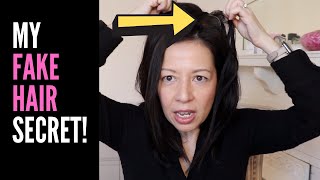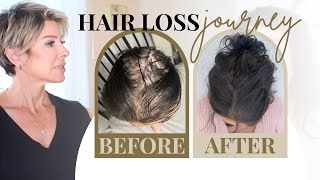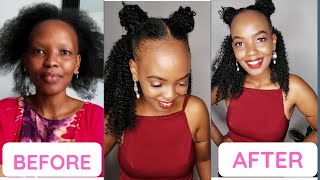New Study Warns of the Dangers Some Hairstyles Pose To Black Women

Your hairstyles might be causing you more harm than you might think. According to a new study by researchers at John Hopkins University, there is a strong association between women who wear their hair pulled back tightly and the development of traction alopecia, or gradual hair loss.
The researchers reviewed 19 studies from the Journal of the American Academy of Dermatology and discovered that scalp-pulling hairstyles often lead to the condition, which is triggered by the hair follicle getting damaged from repeated or prolonged tension on the hair root. Among black women, traction alopecia is the most prevalent type of hair loss; it affects one in three African American women.
The researchers categorized an array of hairstyles as high, low or moderate risk, according to the extent to which hair follicles get exposed to chemicals, weight, heat, and tension.
The high-risk hairstyles include extensions*, weaves*, dreadlocks, and braids. They are especially risky when they are used on chemically straightened hair as this weakens your hair shaft and can even cause breakage by itself.
Moderate risk hairstyles include wigs*, permanent waving, and thermal straightening. Blow drying your hair and using flat irons* weakens hair shafts and can lead to considerable hair loss when traction gets applied.
The same happens when you get permanent waves made with ammonium thioglycolate to alter or create curl pattern. As for wigs*, they also cause considerable breakage when attached with adhesives and clips to keep them in place. Low-risk hairstyles include loose-hanging styles and loose buns, as they do not cause tension on your scalp.
These researchers, who include Dr. Crystal Aguh, an assistant professor of Dermatology, urge other dermatologists to learn more about these damaging hairstyles so they can properly advise their patients. According to Dr. Aguh, traction alopecia is completely preventable and, with early intervention, it can be stopped or even reversed. Physicians should speak with their patients about how to make the best hairstyle choices which minimize hair loss.




